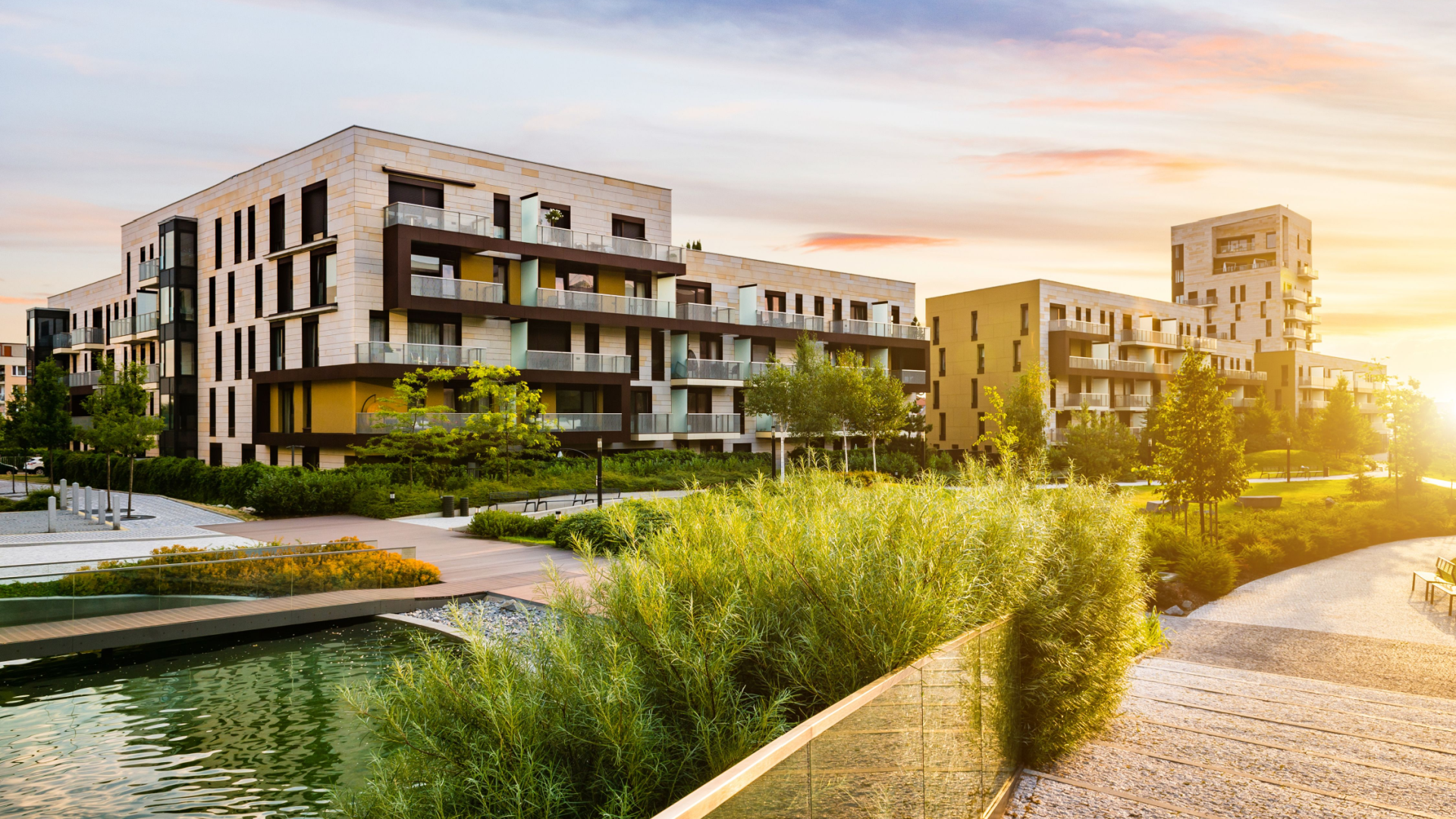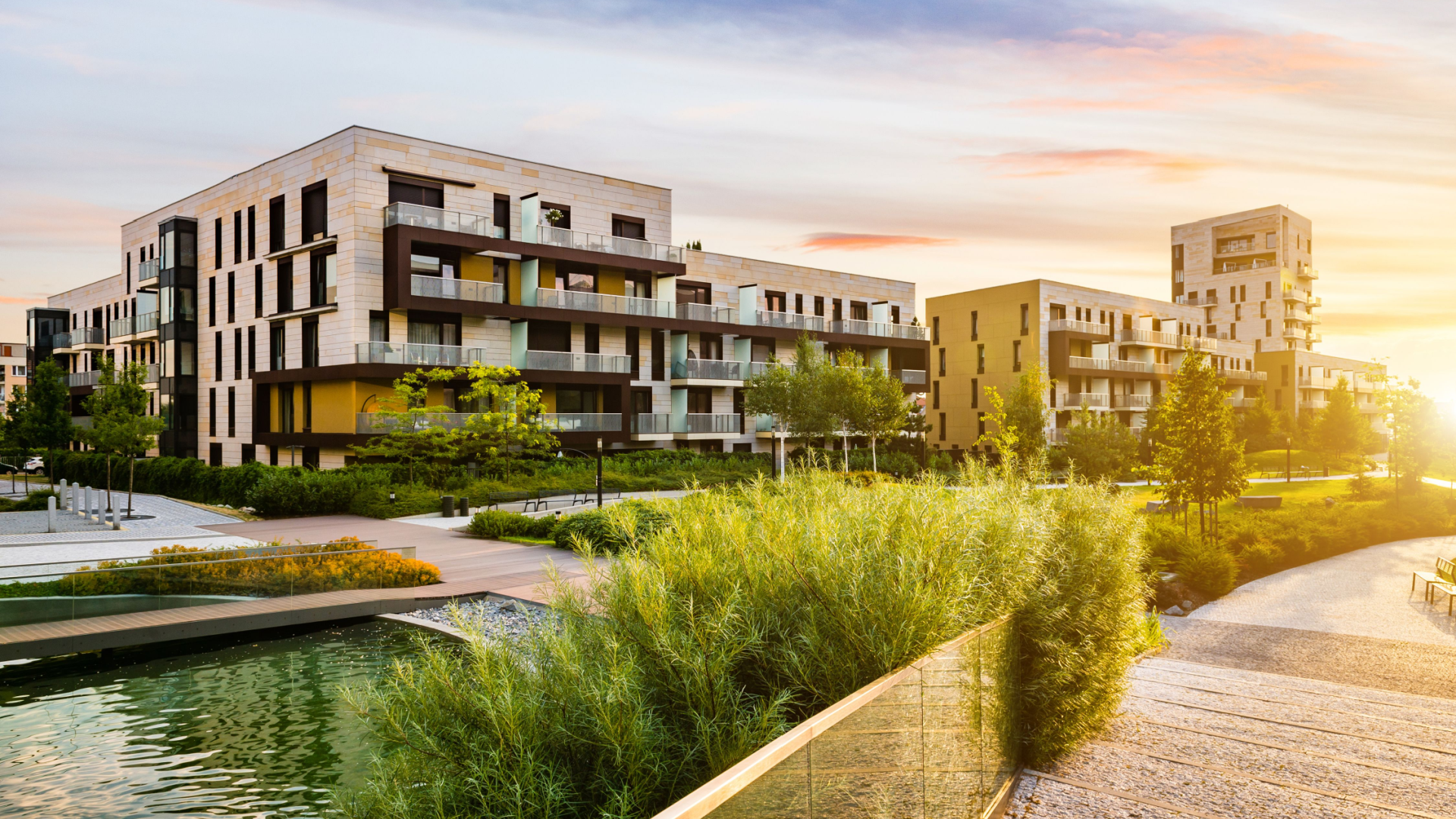The Top 5 Architectural Trends of the Decade

In the ever-evolving world of architecture, trends come and go, reflecting the shifting needs, technologies, and aesthetics of society. As we start to see the emerging trends of this decade, it's time to reflect on the ones that are shaping the landscape of our cities and buildings. From sustainable design to the fusion of technology and architecture, here are the top five architectural trends that are defining the 2020’s.
Sustainability Takes Center Stage:
Perhaps the most significant trend of the past decade has been the increasing emphasis on sustainable design practices. With growing awareness of climate change and environmental issues, architects and designers have been tasked with creating buildings that minimize their carbon footprint and maximize energy efficiency. From passive design strategies to the integration of renewable energy sources like solar panels and wind turbines, sustainable architecture has become a priority for both new construction and renovation projects. Green roofs, rainwater harvesting systems, and the use of recycled materials are just a few examples of how architects are incorporating sustainability into their designs, paving the way for a more eco-friendly future.
Adaptive Reuse and Repurposing:
As urbanization continues to reshape our cities, there has been a growing focus on adaptive reuse and repurposing of existing structures. Rather than demolishing old buildings, architects have been finding creative ways to breathe new life into them, preserving their historical and cultural significance while meeting the needs of modern society. Abandoned warehouses transformed into trendy lofts, former factories converted into office spaces, and disused churches repurposed as community centers are just a few examples of how architects are reimagining the built environment. Not only does adaptive reuse help reduce waste and conserve resources, but it also adds character and diversity to urban landscapes.
Biophilic Design:
In an age where many of us spend the majority of our time indoors, there has been a growing recognition of the importance of connecting with nature in our built environments. Biophilic design, which seeks to incorporate elements of nature into architecture, has gained popularity in recent years. From the use of natural materials like wood and stone to the incorporation of vegetation and natural light, biophilic design aims to create spaces that promote health, wellbeing, and productivity. Research has shown that exposure to nature can have numerous benefits, including stress reduction, improved cognitive function, and enhanced creativity. As a result, architects are increasingly integrating biophilic principles into their designs, whether it's through the inclusion of green walls, indoor gardens, or expansive windows that offer views of the surrounding landscape.
Technological Integration:
Advancements in technology have had a profound impact on the field of architecture, allowing designers to push the boundaries of what is possible. From parametric design software to 3D printing technology, architects now have access to a wide range of tools and techniques that enable them to create innovative and complex structures. Building Information Modeling (BIM) has revolutionized the way projects are designed, constructed, and managed, allowing for greater collaboration and efficiency throughout the entire building lifecycle. Additionally, advancements in sustainable building materials and construction techniques have helped architects create structures that are not only aesthetically pleasing but also highly efficient and durable.
Inclusive Design:
As our understanding of diversity and inclusion has evolved, so too has our approach to architectural design. In recent years, there has been a growing emphasis on creating spaces that are accessible and inclusive for people of all ages, abilities, and backgrounds. Whether it's through the design of barrier-free environments, the incorporation of universal design principles, or the inclusion of amenities that cater to diverse needs, architects are increasingly prioritizing inclusivity in their projects. This includes everything from accessible entrances and elevators to sensory-friendly design features for individuals with autism or other sensory sensitivities. By embracing inclusive design principles, architects are helping to create more equitable and welcoming spaces for everyone.
In conclusion, this decade has seen a remarkable evolution in architectural trends, driven by a combination of social, technological, and environmental factors. From sustainability and adaptive reuse to biophilic design and technological integration, architects have been pushing the boundaries of what is possible while striving to create spaces that are both functional and beautiful. As we look ahead to the future, it's clear that these trends will continue to shape the way we design and build our cities and homes for years to come.
